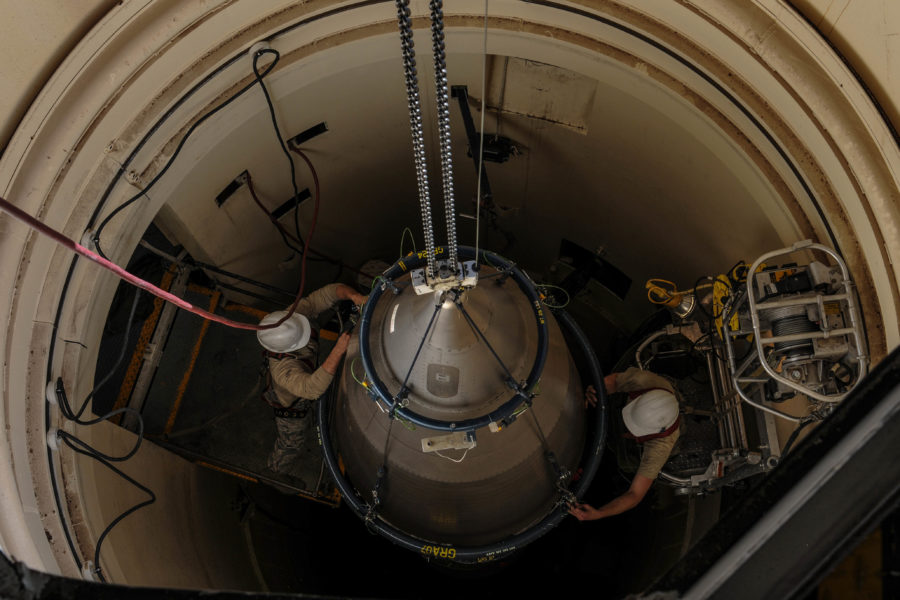Based on an updated and expanded data set, the Air Force now says the preliminary statistics show no significant difference in cancer rates between Airmen who worked on nuclear intercontinental ballistic missiles and the rest of the Air Force or the general population.
That finding marks a change from eight months ago, when the service released results from the first phase of an epidemiological study showing increased rates of breast and prostate cancers among the missile community.
However, still more data remains to be analyzed, and officials cautioned that final takeaways from the study are not yet determined.
Officials shared their findings during a virtual town hall with scores of participants Oct. 31, the latest in a series of updates on the Missile Community Cancer Study that has been going on since March 2023.
In addition to environmental sampling at ICBM bases, researchers from the U.S. Air Force School of Aerospace Medicine are looking to see if missileers and other support forces are diagnosed with cancer at higher rates. In February, they released the results of “Phase 1A” of that study, which drew data from Department of Defense electronic medical records from 2001-2021, capturing those who were diagnosed with cancer through the Military Health System (MHS), including through the Tricare health insurance program.
For “Phase 1B,” released Oct. 31, the study expanded to include data from Department of Veteran Affairs electronic medical records and both the Department of Defense and Department of Veteran Affairs’ cancer registries, going back as far as 1976 in some cases, said a USAFSAM official.
More data will be included in the future by pooling data from state cancer registries.
“Phase 1 Bravo included considerably more data, capturing nearly 11 times more cancer cases compared to Phase 1 Alpha … The study team anticipates finding two to three times more cancers in Phase 2 using the virtual pulled registry,” the official said. “And no definitive conclusion should be drawn until Phase 2 is complete and all data sources have been incorporated.”
Officials also noted one major change they made between Phase 1A and Phase 1B.
“One significant adjustment required individuals to serve for a minimum of one year in the career field,” the official said. “Standard occupational cancer studies generally require a minimum of one-year duration of employment to be included in the analysis.”
This excluded some 205,000 previously included individuals, including 19,000 from missile-related career fields.
After adjusting for demographics and using slightly different metrics for comparing the missile community to the rest of the Air Force than it did with the general population, the results “suggest that there is no statistically significant difference in the incidence of most types of cancers” compared to the rest of the Air Force. Furthermore, compared to the general population, “almost all the standardized incidence ratios were less than 1.0, suggesting that the missile community had lower relative risk for developing these types of cancers.”
Yet officials were quick to caution that their findings were not final.
“The release of the preliminary information is just an attempt to be transparent, not definitive in the discovery journey yet,” said Col. Greg Coleman, AFGSC surgeon general. “We still have another 50 percent of the data to go through. So the data is instructive. But I just want to caution folks, don’t draw definitive conflict conclusions from the data yet, until the report is done and all the data analysis is done.”
AFGSC boss Gen. Thomas A. Bussiere also sought to preempt concerns that the study was sweeping the missile community’s concerns aside, as previous studies in 2001 and 2005 did.
“I sense in the community writ large that there is some skepticism based on the results of the 2001 and 2005 reports. I share, and I’ve been very vocal about my unsatisfaction with those two reports,” Bussiere said. “But this study, this effort, and this energy is significantly more focused and engaged than those two times.”
